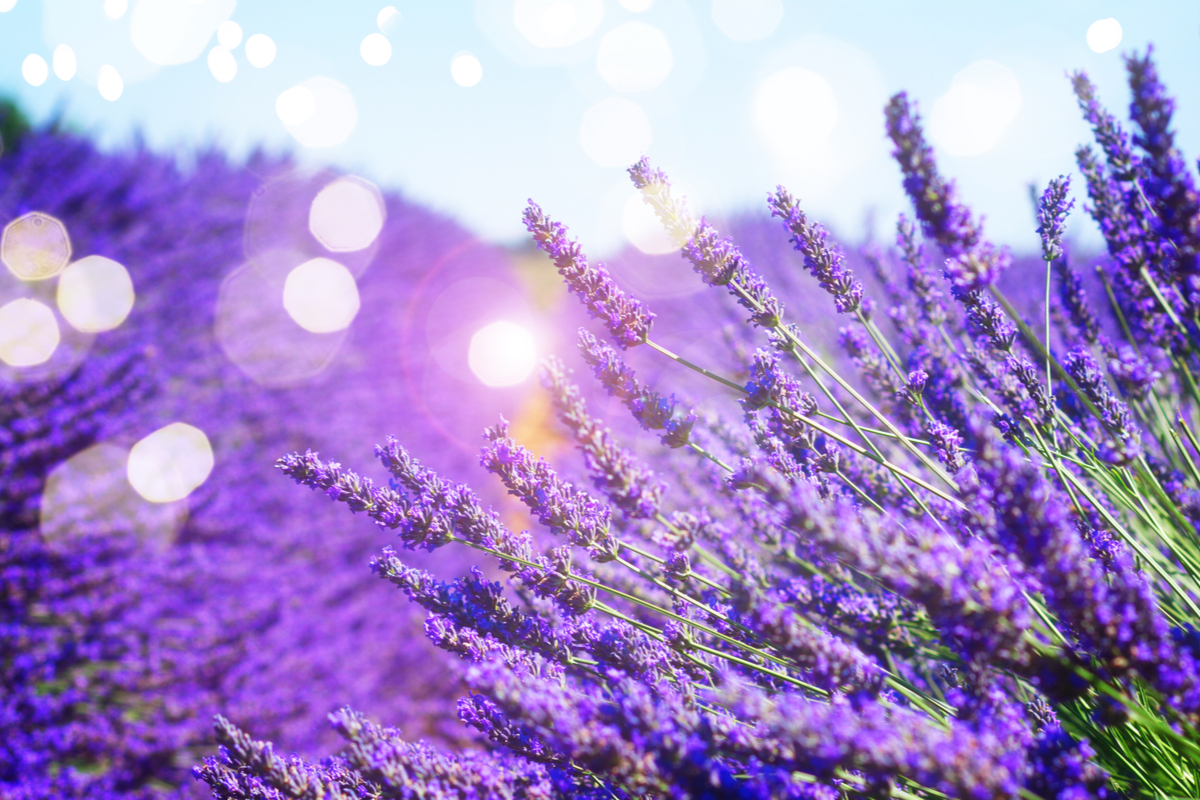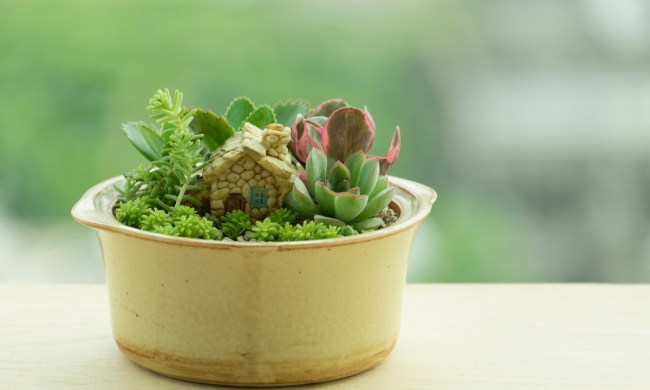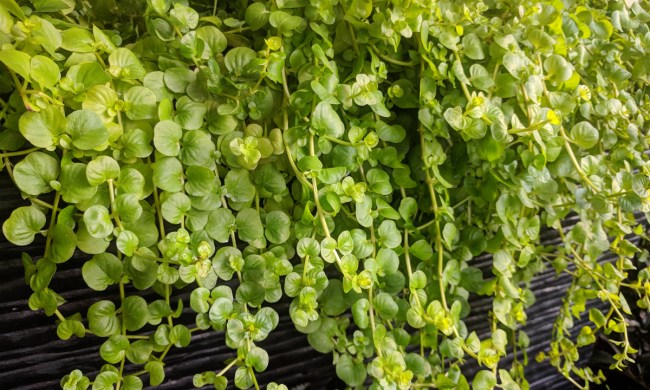Lavender is a popular spring-time plant for home gardeners — not only because of its delicate, beautiful appearance but because it’s one of the most fragrant perennial plants you can get (it can even be propagated!) and it’s also a common herb. Native to cooler parts of Europe, this flower can be planted outdoors as soon as the threat of the last frost has passed and the ground is workable. And since lavender is a perennial, all you need to do is plant it once, care for it, and watch it come back stronger the following year.

Are you supposed to cut back lavender in the spring?
Actually, yes! Pruning herbs is equally as important as pruning other plants. Although natural pruning can happen as you harvest the flowers for arrangements and homemade recipes (like soaps and essential oils), pruning lavender in spring at the start of the growing season will help keep your plant beautifully shaped and encourage fuller growth.
The amount you prune will depend on the variety: Taller varieties can afford to have one-third of their height trimmed off while low-growing varieties of lavender can be pruned either a couple inches or to new growth.
What happens if you don’t prune lavender correctly?
The good news is: Nothing detrimental will happen immediately if you don’t prune your lavender correctly, or at all. Regularly harvesting the flowers will give it some nice trimming to help keep it in check; however, skipping out on the springtime pruning will mean that new growth will become more leggy and you won’t have as neat a plant as you may want.
Over time, though, a lack of regular springtime pruning can cause the plant to develop a woody base that can split open and shorten the already not-so-long lifespan of your beautiful perennials.
Pruning lavender in spring for full growth
Pruning lavender in spring will look different depending on what growth stage it’s in. For newly-planted lavender, you want to prune it while it’s small enough to still establish new root systems and start branching early on. You should cut flowers on a fresh plant back by one-third to one-half prior to planting, giving it a fresh place to start at the beginning of spring.
Pruning established lavender plants
Once your lavender has established itself in the garden (typically by the first spring following the initial planting, as long as they survive the winter), you can prune it in a way that’s focused more on shaping the plant while still encouraging new growth.
When pruning during the spring season, start by looking for the wood-like base of your lavender plant right where the soft green growth meets the tougher part. Go about two to three inches up on the stem and remove the tops of the plant. Make sure to leave some of the soft growth, as this is what will continue to branch and regrow throughout the season.
If you want to keep your lavender plant looking more mound-like, make sure to trim the outside branches and stems so that they’re lower than the ones in the middle.

General care tips to keep in mind
Although lavender is a perennial, most varieties only live for at most 10 years. So if you find that you’re doing everything right to keep your plant healthy and happy, but it starts to decline anyway, it may just be a part of its natural cycle. There aren’t many problems that come with lavender, but you should be wary of leaf spots and root rot if the soil becomes too waterlogged.
Lavender can even die during the winter if you’re in an area that gets a lot of snow, soaking the soil as it melts. To prevent this from happening and help preserve your plant, you should use coverings to help overwinter your plants in the ground, giving them a bit more protection from winter conditions.
Light needs: Full sun for a lot of buds and growth
Water needs: Drought-tolerant once established, but enjoys regular waterings
Soil needs: Lean, well-draining soil
Will lavender rebloom after pruning?
If you have a lavender variety that’s able to bloom multiple times in one growing season, you’ll want to deadhead the spent flowers as you see them. This will allow your lavender to focus its energy on continuous new growth, as well as produce more flowers. When deadheading blooms, make sure to only cut back to the first set of leaves on the stem, starting at the top. You don’t want to trim as much off as you did during your annual pruning.
Overall, lavender plants are very easy to care for and won’t give you much trouble as long as you make sure they’re in the proper conditions. Well-draining soil and full sun, along with regular pruning once a year in the spring, will help ensure that your plant is in the best state possible to get the full growth and beautiful blooms it’s so iconically known for.


